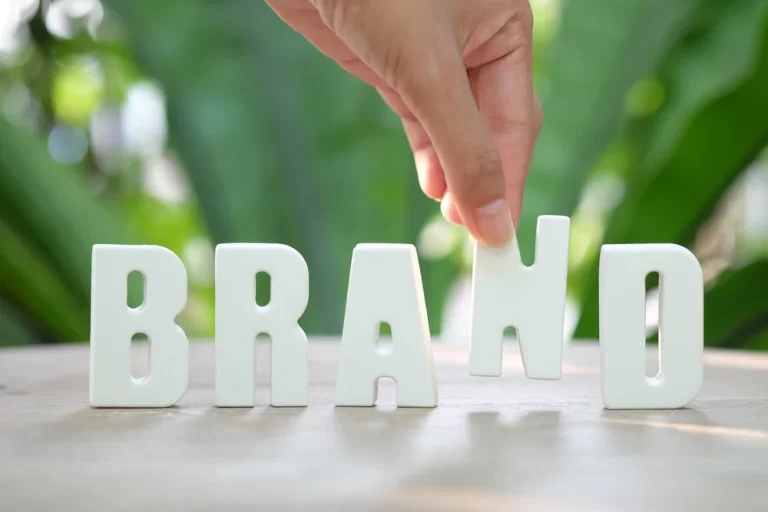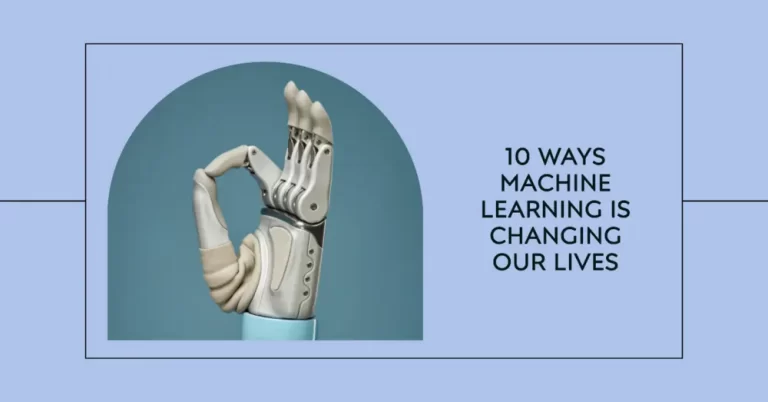The Five Stages of Small-Business Growth
Even during the best economic times, small businesses can suffer and especially 3 years after Covid-19 we are still picking up the pieces and are currently in a recession. Everywhere in the world seems to be going through some sort of economic crisis so whether you are currently in the first few stages of your small business or you are looking to start your own business, comprehending the several phases of enterprise expansion can facilitate the mapping of your current position and the formulation of suitable expansion tactics to surmount obstacles. Is your company already doing well?
If so, don’t yet rest on your achievements. Every small business goes through different phases of growth, so strategies that are effective now might not be effective in the future.
What Are The Five Stages of Small Business Growth?
Survival
As you guessed it survival or existence is the very beginning of your business and is the most precious stage. The main focus on the opening of any business is aiming for a steady cash flow that hopefully breaks even to increase your chances of survival in this dog eat dog world. You would usually be trying to make your presence known, putting your face on the map to consumers.
Your business is likely bootstrapped with limited resources and the key persons are wearing many different hats making things abit more demanding. Getting through this stage will allow you to delegate and hire help but the first stage is more juggling and surviving.
Key activities for the key person would include developing a business plan, secure funding, legal structure, marketing, sales and everything in between.
Shakedown
What this means is your small business has began to gain attraction from your target marketing and is showing clear signs of small success and visibility. These factors have then contributed to an increase in revenue including that profit margin giving you more money to play with.
The panic on survival has made a quick shift now that a customer base has been established so now small business owners can invest their money and time into working towards stage three by refineining operation and process. Their key activities may incldeu developing a new marketing strategy, building a strong team and building more relationships with consumers.
When a small business fails during this stage of business growth, its profitability collapses and it moves back to the second stage. Using the profit to finance other endeavours is indicative of a change in the external market. If the company chooses to pursue a business growth route but still fails, it indicates that the staff and system cannot be developed and maintained.
Rapid Growth
At this point, businesses are “rattling rocket ships,” meaning that if they are not managed properly, their exponential growth could cause them to crash completely. While this stage is very exciting for small businesses, it can also be very challenging to manage it all, so if their isn’t a plan ahead, it could lead to them moving back down a stage or, even worse, if consumers change their opinion.
The focus on managing growth effectively and expanding operations takes priority at this stage. Small business owners must delegate wisely because they can no longer handle everything due to their organisations’ rapid expansion and growing complexity. It’s critical to find capable management personnel to continue the legacy. Key activities might look like developing a strong management team, expanding marketing efforts, and implementing efficient systems and processes.
Stabilisation
Also known as resource maturity, this is when things begin to slow down and the business may be entering a period of relative stability. At this point, small businesses are primarily concerned with long-term viability and the appropriate management of the financial advantages from the previous phase. It entails thorough and regular evaluations of systems and processes to address any issues that might have developed during the quick expansion of the company.
At this point, businesses need a rock-solid system, but they also need to be flexible to adapt to changes in the market. Like tiny businesses, they need to discover ways to stay hungry and innovative, but on a larger scale.
Renewal or Stagnation
Also known as decline, this stage doesn’t happen to every small business but it does happen to quite a large fraction of them. Small companies may experience either stagnation or decline due to an array of factors such as market saturation, poor leadership or a lack of innovation, which all ultimately lead to being stuck in one spot or, more unfortunately, a slow or dramatic decline back to stage 2.
The focus may shift to renovating, trying to get back on track with stage 4 or if the owner is happy with passing on the baton, they may get ready to accept any offers from larger firms. These companies may want to expand or buy out the competition so they can keep the consistent revenue from loyal customers or they may wish to change strategies to take the company to new heights.
Either way, this is a stage that isn’t available for many small companies and there is no saying which way it could go. Key activities in this stay may include restructuring, innovation, and/ or succession planning.
Final Thoughts
Small businesses are like snowflakes – each one is very different and unique, serving their audience. However, they are all still snowflakes so there have to be similarities and that’s where the process of growth comes in. Ensuring that you are considering resources, employees and planning for as many scenarios as possible could potentially keep your business in that sweet spot or potentially lead to global growth if that’s your ultimate aim.
Every business has started out small so anything is possible if you pass these 5 stages. It is important to note that all businesses come with risk factors, including being pushed right back to the beginning.
Planning for every possible scenario to maintain steady growth is key, whether it’s through hiring a strong team or keeping safe with multiple insurance policies like key man Insurance. It’s important to note that these stages are not always linear. A business might revisit earlier stages or even skip some altogether. The key takeaway is that understanding these stages can help small business owners anticipate challenges, identify opportunities, and make informed decisions to navigate their growth journey.






